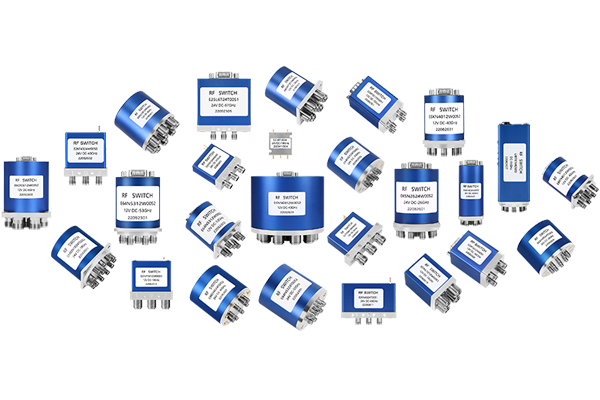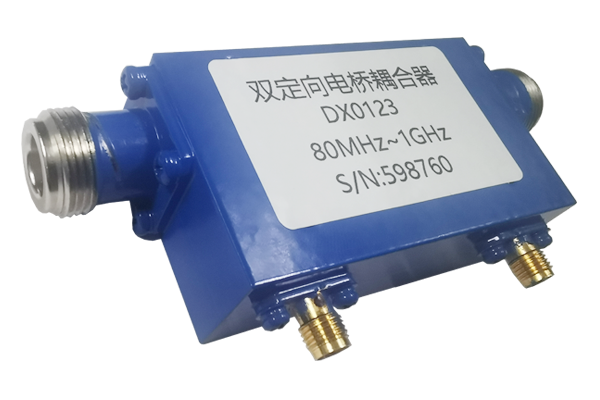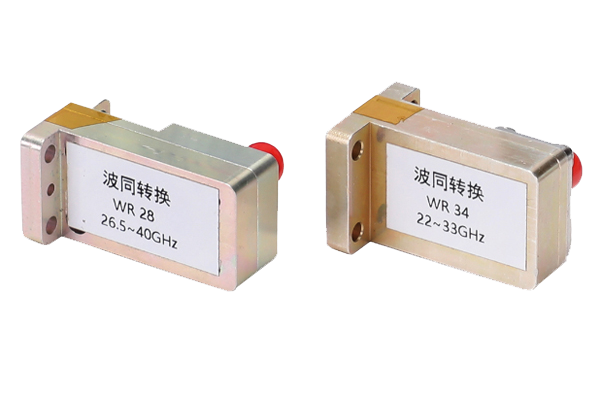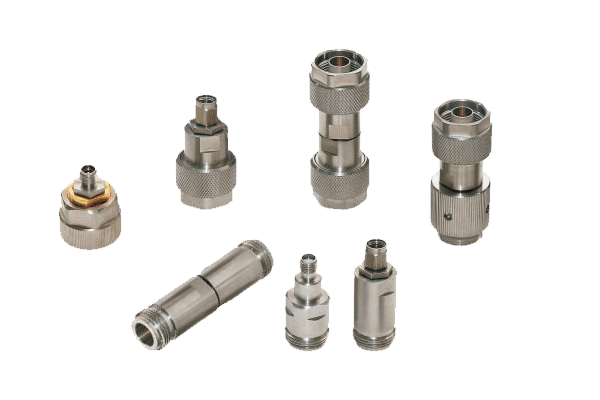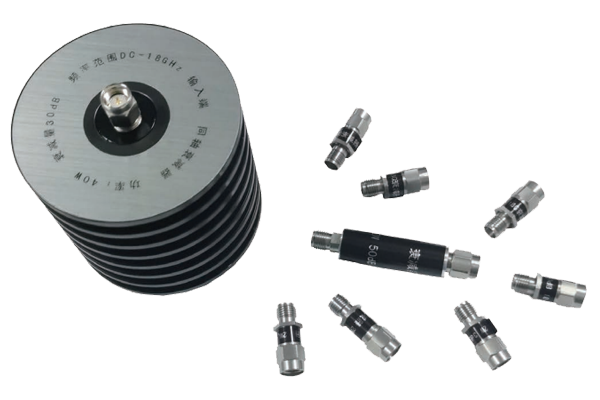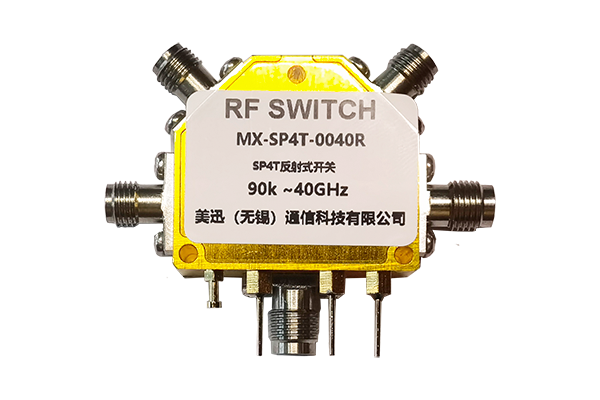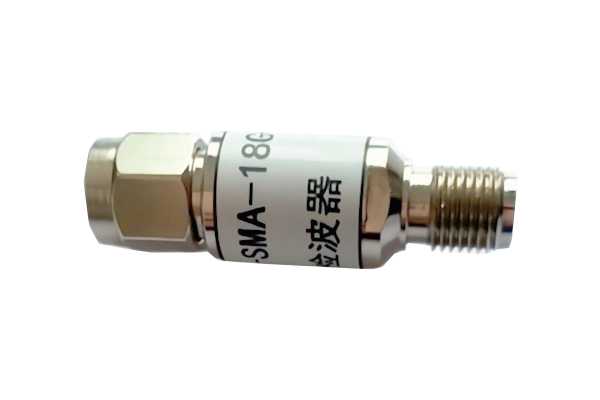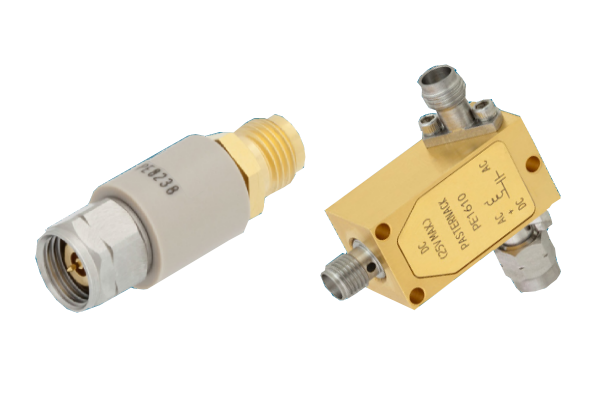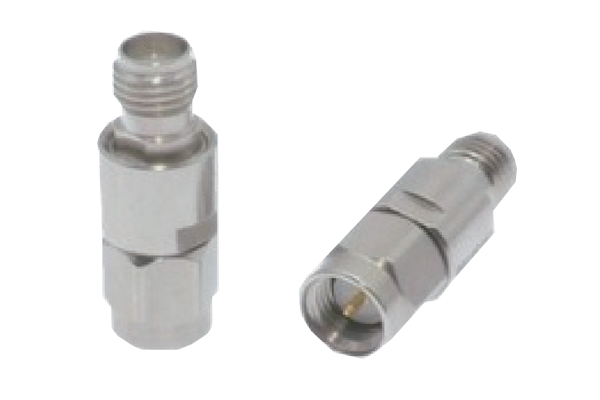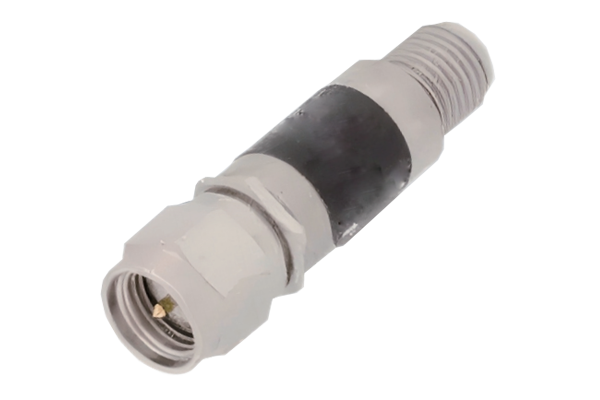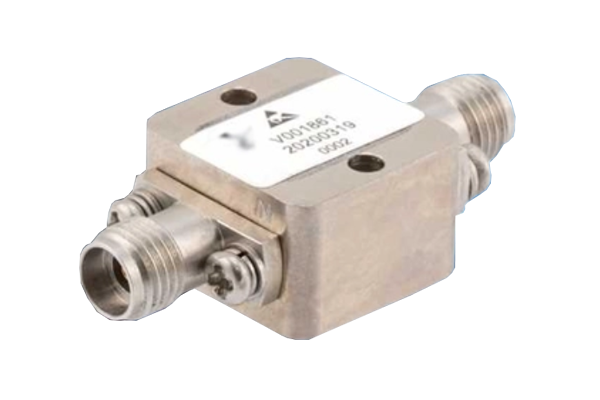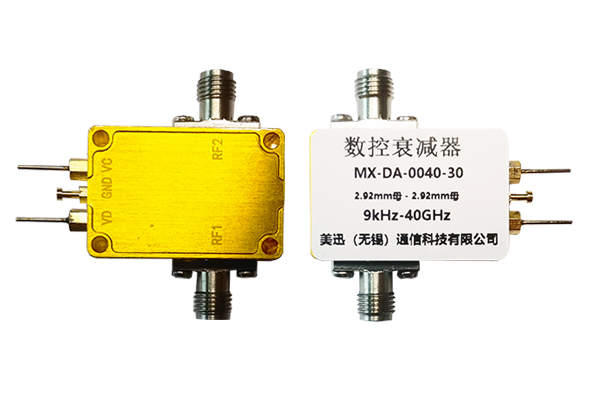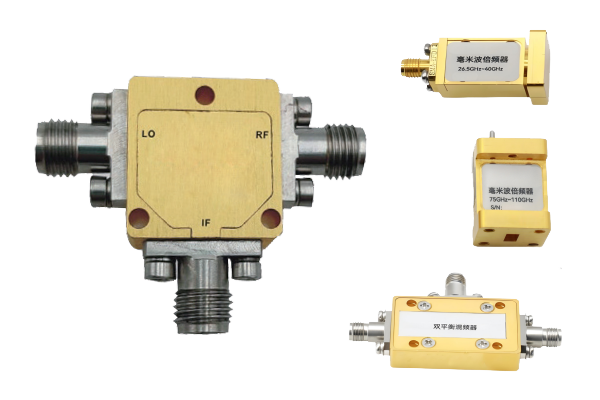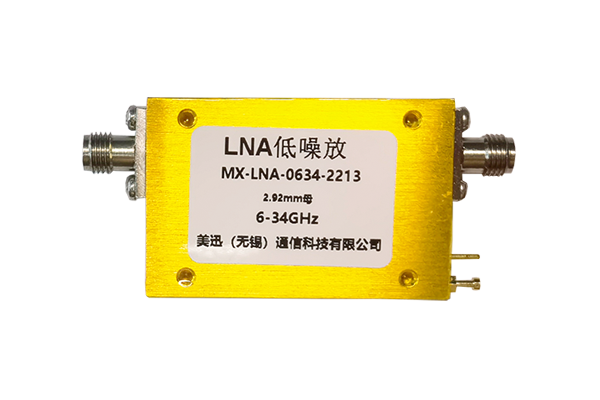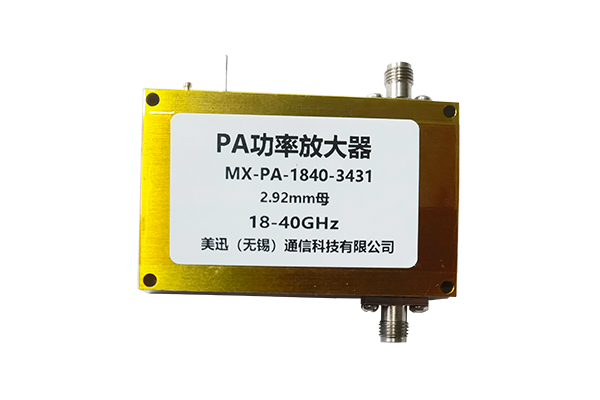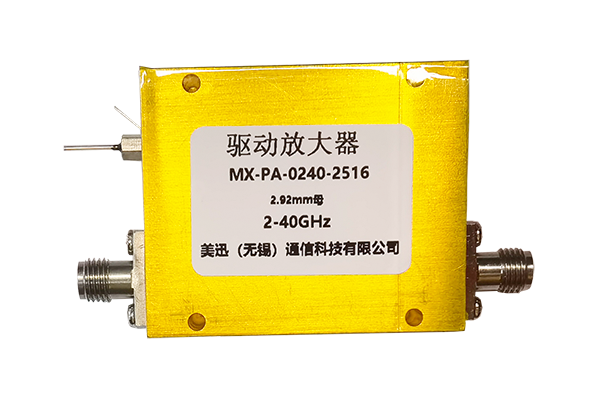Heat dissipation solution for low-noise amplifier
Heat sink
Principle: By increasing the heat dissipation area, the speed of heat dissipation from the LNA chip surface to the surrounding environment is accelerated.
Application: Usually, metals with good thermal conductivity, such as aluminum or copper, are selected to make heat sinks, which are tightly fitted on the LNA shell or chip package. To improve the heat dissipation effect, fins of various shapes can be designed on the surface of the heat sink to further increase the heat dissipation area.
Forced air cooling
Principle: Use fans and other equipment to generate forced airflow to remove heat from the heat sink surface and accelerate the heat exchange process.
Application: Install a fan in the equipment chassis where the LNA is located, so that the air forms a flow channel in the chassis and allows cold air to flow through the heat sink. According to the heat generation of the LNA and the spatial layout of the equipment, a fan with appropriate air volume and speed can be selected. At the same time, pay attention to the noise problem of the fan to avoid interference with the low noise performance of the LNA.
Liquid cooling
Principle: The heat is removed by circulating coolant, which has a high heat dissipation efficiency.
Application: For some high-performance LNAs with large heat generation, liquid cooling can be used for heat dissipation. LNA is installed on a radiator with a liquid cooling channel. The coolant circulates in the channel to absorb the heat generated by the LNA. Common coolants include water, ethylene glycol, etc. Liquid cooling systems usually need to be equipped with special water pumps, water tanks, and cooling pipes to ensure the circulation and heat dissipation of the coolant.
Thermal interface material
Principle: Fill between the LNA chip and the heat sink or other heat dissipation components to reduce contact thermal resistance and improve heat transfer efficiency.
Application: Common thermal interface materials include thermal conductive silicone grease, thermal conductive gaskets, etc. When installing the heat sink, evenly apply a layer of thermal conductive silicone grease on the surface of the LNA chip, and then press the heat sink tightly on it so that the silicone grease fills the tiny gap between the chip and the heat sink to enhance the heat conduction effect.
In addition, when designing the printed circuit board (PCB) of the LNA, the heat dissipation capacity of the PCB can be improved by reasonably arranging circuit components and increasing the copper foil area to assist the heat dissipation of the LNA



